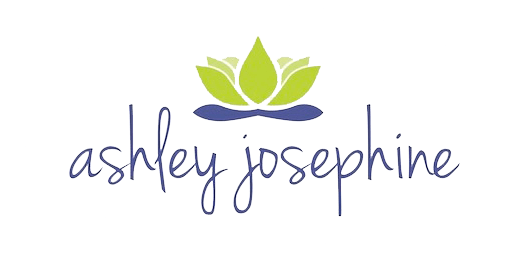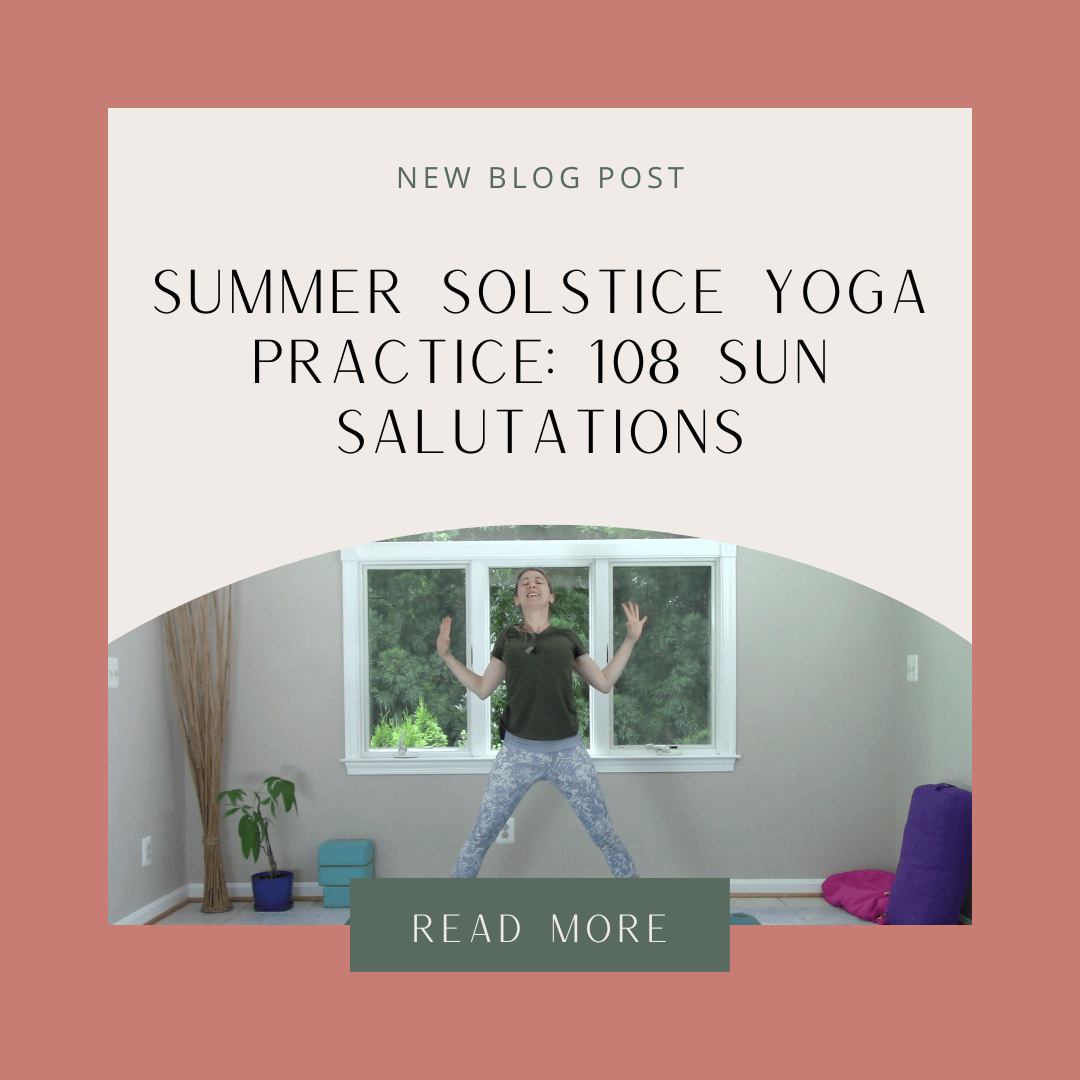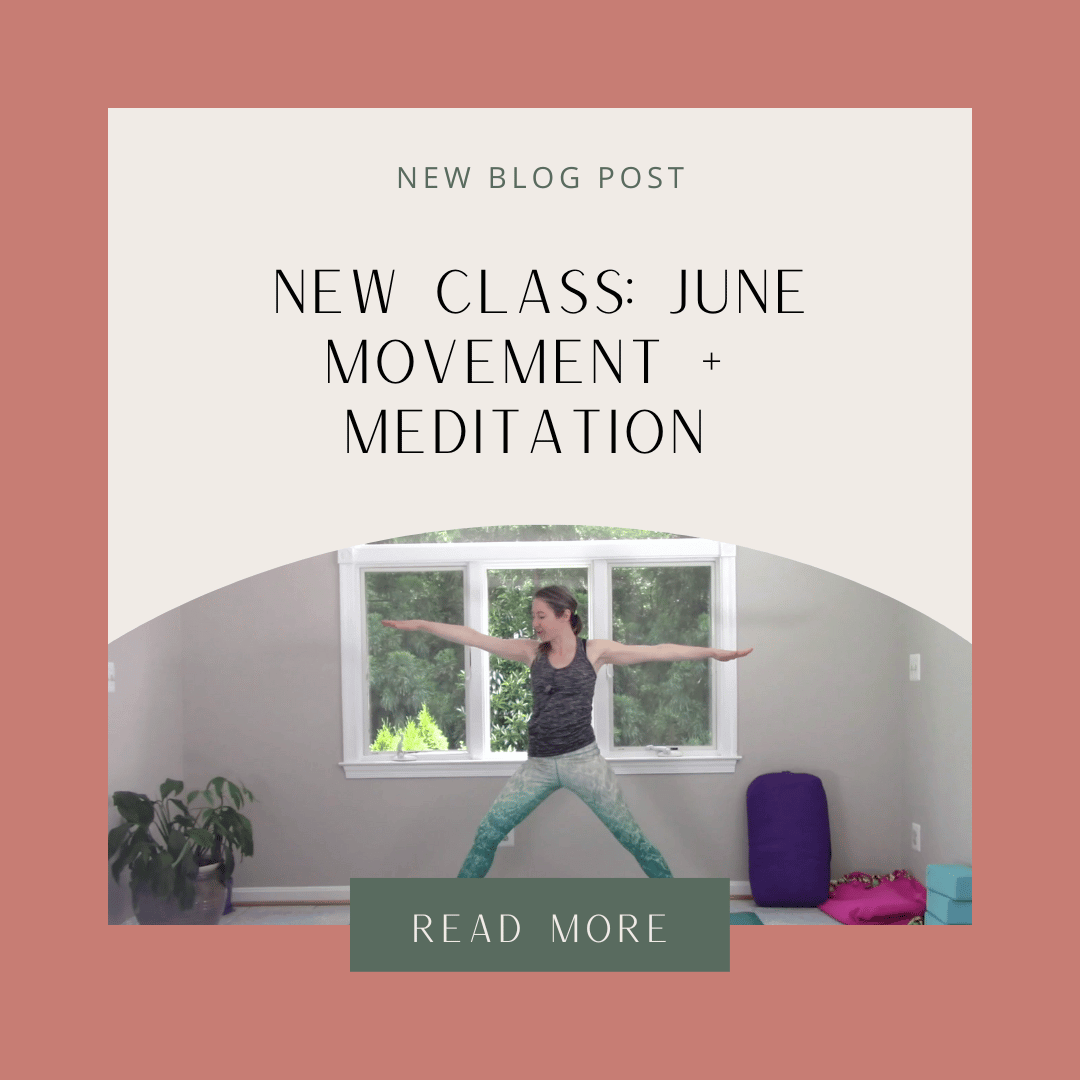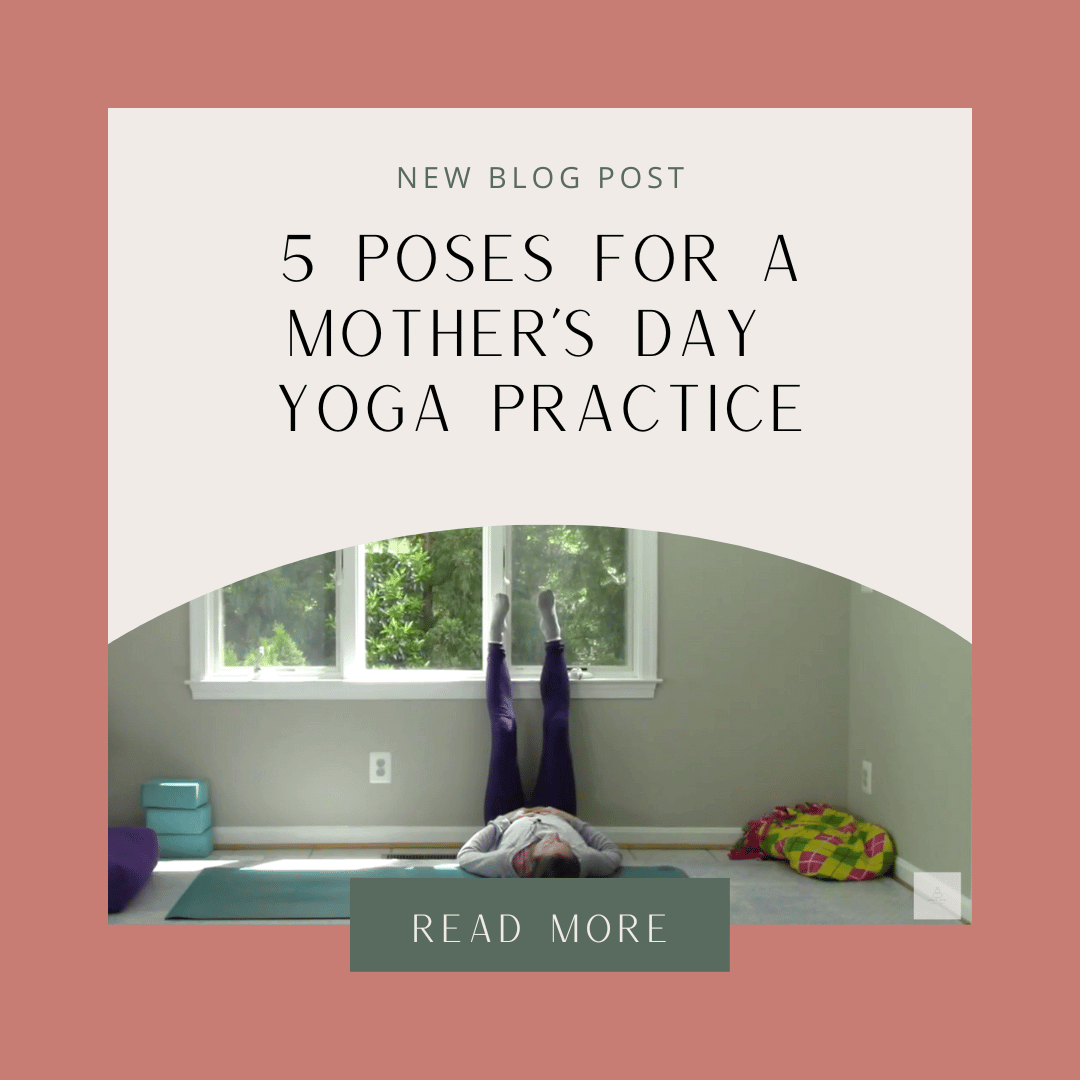Ever wondered what the difference is between a yin class and a restorative class? Or maybe you even wonder what this yin yoga is in the first place!
Yin yoga is a relatively new “form” of yoga that has become popular in the past decade or so.
While the practice itself has always existed, the practice as it’s offered today in studios across the world has evolved. Today I’d like to offer you my perspective on the yin practice and give you a little experience.
The balance of Yin
If you’re familiar with the words yin and yang from Traditional Chinese Medicine, then you probably understand on a basic level that yang represents an active form of energy, while yin represents a more passive, relaxing energy. The famous yin/yang symbol is so special because it explains that both energies always exist — there is always a little yin present in yang and a little yang present in yin. These energies are also cyclical. It’s unhealthy to be constantly yang with no yin or constantly yin with no yang. If you think about the sun and the moon, or day and night, you can see this cycle played out in nature.
Just so, it’s important that our yoga practice is balanced just like the rest of our lives. If you only ever take active vinyasa flow classes, it’s nice to take a break with a yin class every once in a while. You can think of a workout schedule that a personal trainer would give you — there is almost always a “rest day” or a “cross-training” day. Yin is the perfect practice for your rest day.
Another perspective to think about is how active your lifestyle already is. Do you sit at a desk all day long? Getting some movement in with an active practice is a nice way to balance out your day. But if you have a very active job and you’re constantly on your feet all day, the last thing you want to do is go move around some more. In this case, a Yin practice would be appropriate to help you find balance.
What’s so special about Yin?
Yin yoga is different then other yoga practices because it targets the fascial system of the body instead of the muscular system. Fascia, a type of connective tissue, wraps around muscles, bones, tendons, ligaments, and organs — it’s EVERYWHERE! When your fascia is neglected, it becomes stiff, which can cause range of movement limitations and general aches and pains, especially in places where the fascia is thick, like the upper and lower back. When your massage therapist hits a knot, that’s tangled up fascial tissue that needs lubrication to unwind.
Postures in Yin yoga are familiar to most practitioners who have a regular practice, but the postures are approached much differently then in a more active practice.
In Yin yoga, postures are held for long periods of time with as little effort as possible. There is no goal in Yin — you’re not necessarily trying to go to your edge to stretch as far as you can. In fact, you’re not trying to stretch at all; instead, you’re looking to come back into balance.
It is this lack of effort that I personally find challenging in Yin, besides the fact that holding postures that are already not super comfortable with muscular engagement become even less comfortable without any muscular support.
Without the support of the muscles, joints experience compression. At first, this sounds no bueno, but it’s actually a good type of stress to help keep the joints healthy — IF that compression is appropriate. It’s your job to create a relationship with your own body and joints to determine what is an appropriate amount of compression for your body. The Yin yoga practice gives you the space to nurture that special relationship with yourself.
All of that fancy technicality to say that Yin yoga can sometimes be really hard because it can be really uncomfortable. It’s supposed to be 🙂
Beyond the physical
In addition to nurturing healthy joints and fascia, Yin works on a mental and emotional level too. You may have heard the saying “the issues are in your tissues” or a yoga teacher mention something along the lines of how we hold a lot of emotional tension in our hips and shoulders. Energetically, unexpressed emotions live in the fascial tissue. You can stretch your muscles all you want but if you don’t take care of your connective tissue, the emotional layer of your internal body will go unaddressed. This is why Yin can be so emotional. If you’ve had the experience of crying during your yoga class for no reason at all, it may be that you are releasing old emotions that have been finally set free from the body’s fascial system.
From a mental perspective, Yin offers the perfect laboratory for exploring the mind. Yin, already being a soft, passive energy, encourages stillness and silence. Sometimes, silence is uncomfortable. It forces us to address and get to know our true Self. The Yin practice provides a safe space for this exploration — there aren’t many other times in the course of our daily lives that we get this sacred space to be with the true Self. There are also plenty of people who would much rather not spend time with their Self. If that’s you, it’s worth checking in and asking yourself Why? What are you hiding from? What are you running away from? What are you fighting? What are you resisting?
As I mentioned before, the Yin practice can be very uncomfortable both physically and on this more mental and emotional level. But what an incredible opportunity to practice living. Life throws us uncomfortable obstacles and challenges all day long. The Yin practice helps us cultivate a peaceful attitude and deep breaths while moving through these uncomfortable sensations with ease. The more we practice, the more we notice that practice start to overlap into our daily lives off the yoga mat.
Yin Yoga is not Restorative Yoga
Don’t be fooled! Yin Yoga and Restorative Yoga are two different classes. If you are brand new to yoga, have extremely limited ranges of movement, are healing from an injury or illness, or have been experiencing extreme overwhelm and stress in your life, Restorative Yoga is the place to be.
If you’ve been practicing yoga for a while and are ready to dive in a little deeper, check out a Yin class (just know that as with anything, there are a lot of different perspective on Yin, and mine might be slightly different then what you end up receiving at the local studio nearest you :))
Here’s a short little Yin practice for you to explore on your own at home. I recommend having a few props handy just in case – they’re not required.
As always if you ever have any questions or comments, please reach out on Facebook or send me an email!
Namaste 🙂





